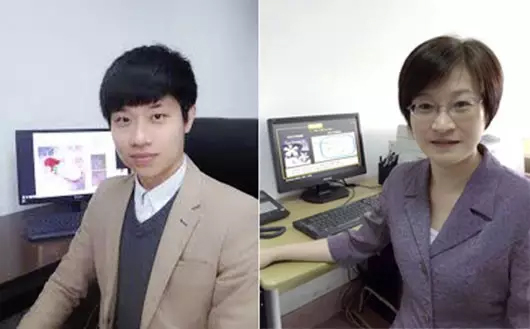Glioblastoma (GBM) is the most common primary malignant tumor of the brain and one of the most deadly cancers. Currently the most commonly used treatments are surgery, radiation and chemotherapy. Because glioblastoma often shows invasive growth, it is not easy to remove the deep infiltrating tumor cells in the brain parenchyma. Therefore, the recurrence rate of this cancer is high and the survival rate of patients is low. In addition, because many drugs cannot penetrate the blood-brain barrier (BBB) ​​and the blood-brain-tumour barrier (BBTB) into the brain tumor, the treatment of brain tumors with drugs is faced. It is very difficult, and this is also the main reason why many anticancer drugs that work well in other organs have little effect in brain tumors. In recent years, scientists have turned their attention to cells that cross the blood-brain barrier and infiltrate into the brain parenchyma, and have built autologous cell-mediated drug delivery systems that successfully deliver drug molecules to brain tumors. However, further application to patients, there are still some problems to be solved, including drug loading efficiency, carrier toxicity, enrichment in brain tumors and the efficiency of drug release at the target. Recently, the research team led by Professor Mo Ran and Professor Zhang Can from China Pharmaceutical University used neutrophil (NE) as a drug carrier to carry the liposome-coated chemotherapy drug paclitaxel (PTX). The recurrence of glioblastoma after surgery was successfully inhibited in mice. Neutrophils are the most abundant white blood cell population in human blood, and they can accurately migrate to acutely damaged tissues and sites of inflammation. The researchers skillfully used the neutrophil inflammatory tendency and the characteristics of crossing the blood-brain barrier to combine with the release of inflammatory factors in the tumor resection site to achieve drug-efficient autonomous guided targeted delivery. This new targeted drug delivery strategy has embarked on the traditional limitations of drug targeting through specific receptor-ligand binding, pointing to new directions for cancer therapy, especially for brain tumor therapy. The relevant results were published in the journal Nature Nanotechnology. The first author of the paper is Dr. Xue Jingwei. Professor Moran and Professor Zhang Can. Image source: China Pharmaceutical University In order to maximize the efficiency of the delivery, the researchers first designed and synthesized a glutamate cationic liposome and wrapped paclitaxel. At the same time, they isolated mature neutrophils from mouse bone marrow and used them to obtain a new drug delivery system PTX-CL based on autoimmune cells by simply ingesting liposomes with positive loading on the surface. /NEs. Preparation of PTX-CL/NEs. Image source: Nature Nanotech. NINGBO MEDICAL EQUIPMENT CO.,LTD , https://www.techartmeds.com
